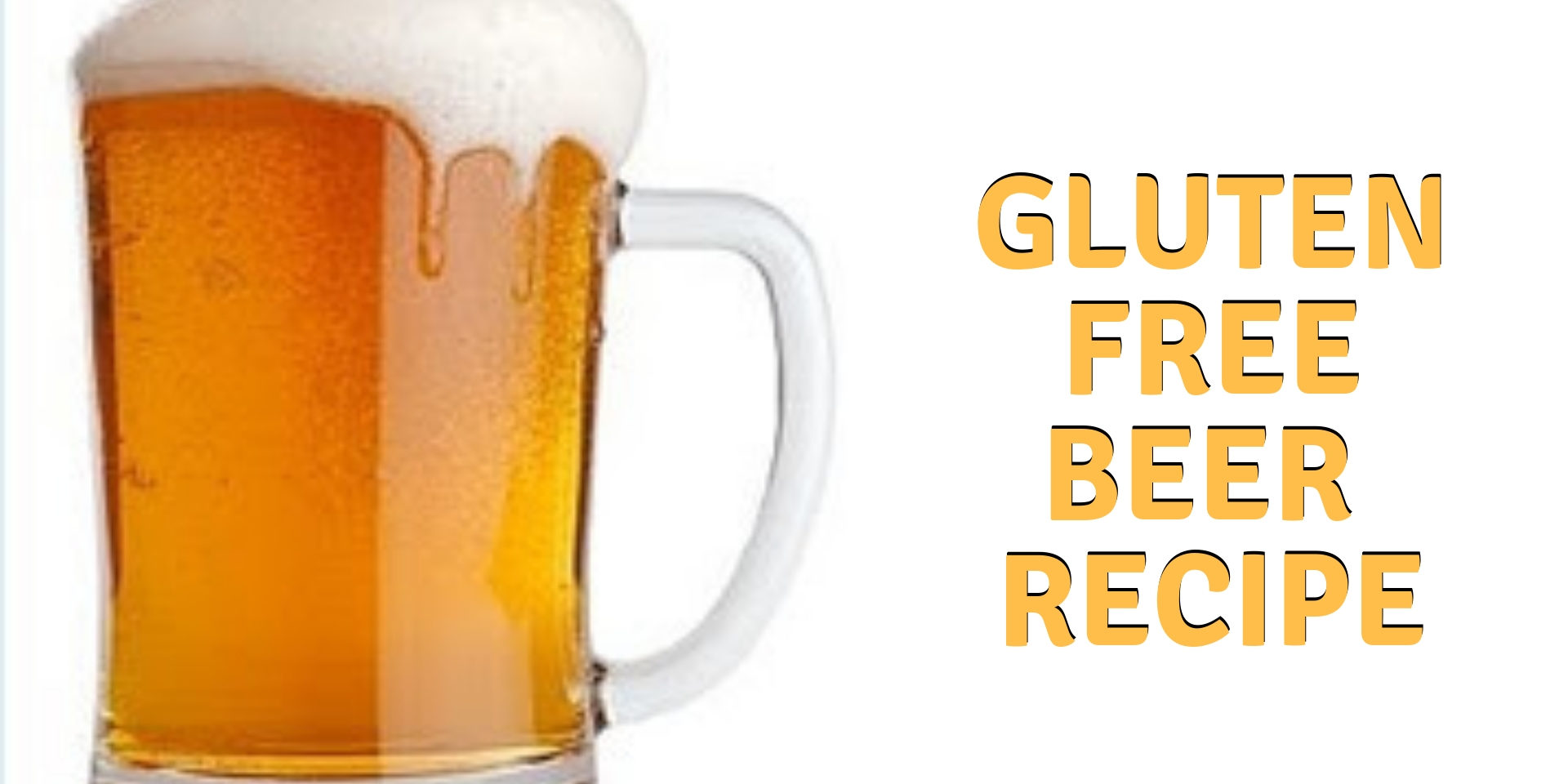Recipe: Gluten-free beer recipe
"Most parts of the gluten free brewing process are similar to normal brewing, which is covered in detail by the experts on this site and others, so I'll only touch on the key differences;
Most parts of the gluten free brewing process are similar to normal brewing, which is covered in detail by the experts on this site and others, so I'll only touch on the key differences;
The crush" The mash regime Lautering
Most parts of the gluten free brewing process are similar to normal brewing, which is covered in detail by the experts on this site and others, so I'll only touch on the key differences;
The crush" The mash regime Lautering
Ingredients
- Grain Bill: 2.7 kg Pale millet malt; 150g Crystal millet malt; 150g Munich millet malt Crushed (ground) to a flour
- Hops: 12 g Northdown 60 min; 12 g Goldings 60 min; 12 g Northdown 10 min; 12 g Goldings 10 min
- Yeast: Fermentis S-04
- Water: 30 lt Pre-treated the day before
- Calcium: 3 tsp of gypsum (CaSO4)
- Chlorine Removal: 1/8 tsp sodium metabisulphite for chloramine removal
- Batch Size: 17.0 litre
- Colour: 6 SRM
- Bitterness: 1 IBU
- Efficiency: 95%
- Original Gravity: 1.042
- Final Gravity: 1.008
- ABV: 4.4%
Instructions
- The crush
- The mash regime
- Lautering
Category
beer
featured
gluten-free
Recipes
[ Read more ]
Facebook Comments Box










